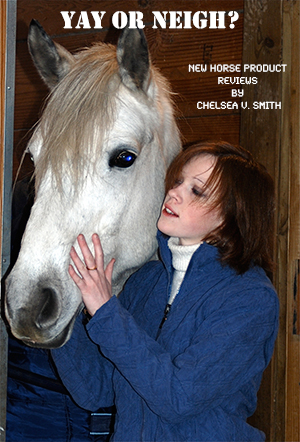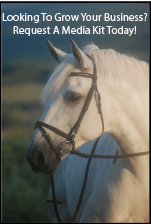Editor’s Scoop - Catskill Horse at The Munnings Art Museum, UK.
By Nikki Alvin-Smith
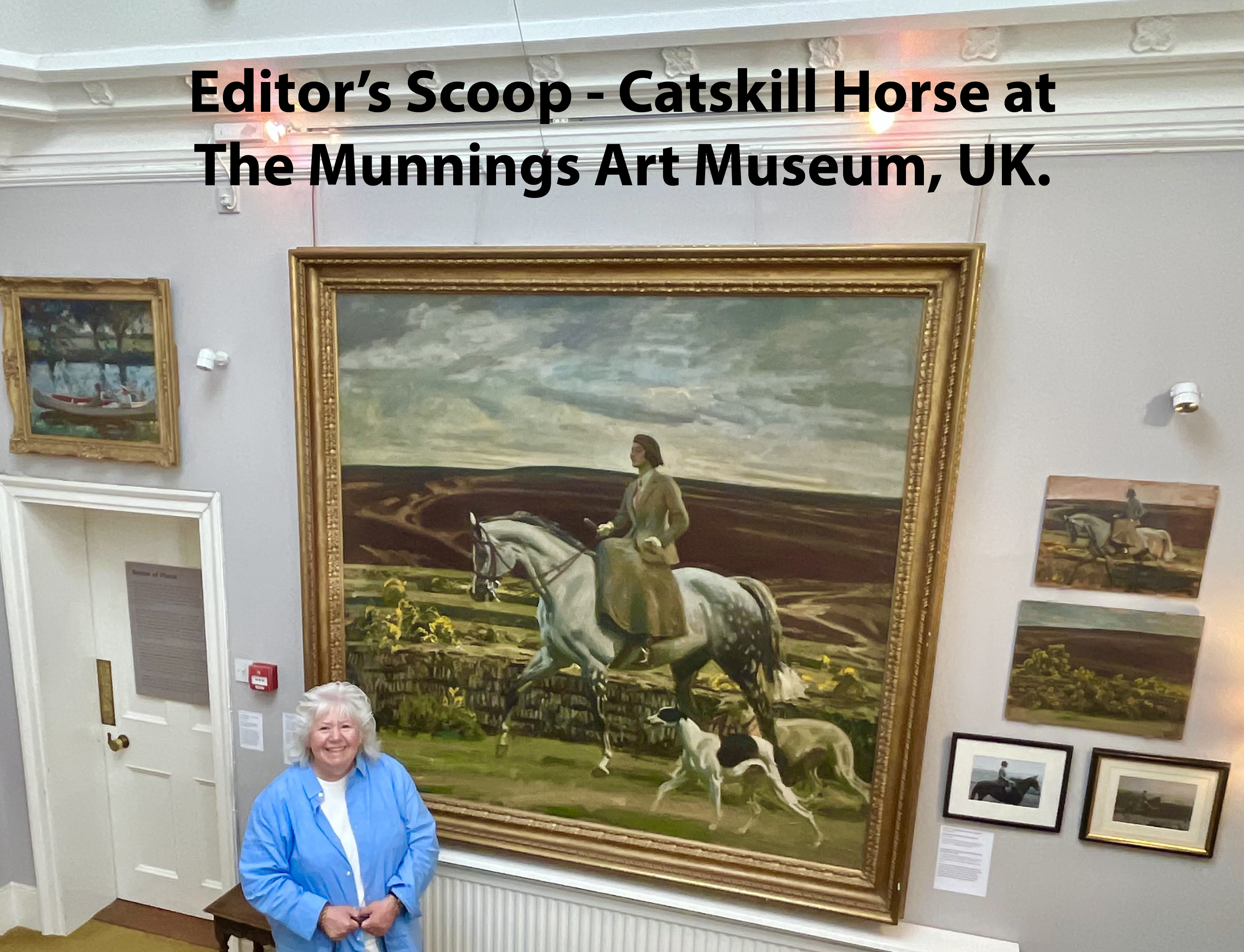
Catskill Horse magazine has a long-standing interest in sharing news on all things equine art. Viewing works of art in person, particularly at the artist’s former home replete with studio is always a worthwhile adventure. Join me as I explore the carefully curated collection of 150 pieces of ever rotating Munnings works at the Munnings Art Museum in the United Kingdom. It is an experience not to be missed.
Nestled in the tiny Suffolk village of Castle Hill, the established garden of the Munnings family home greets you after you park rather informally on the lawn.
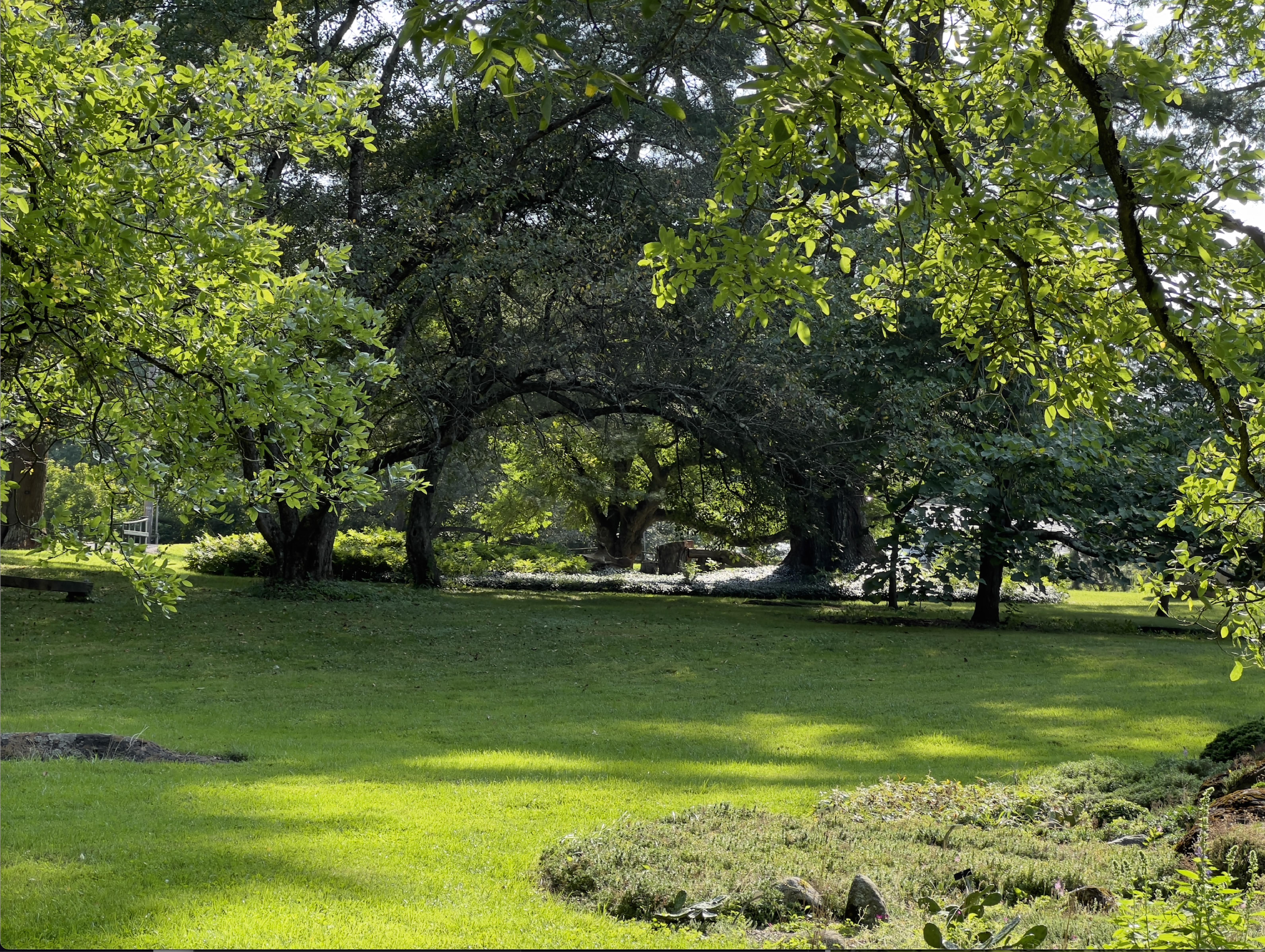
The elegant home named Castle House of Sir Alfred Munnings welcomes you with its soft ambience and light and airy Georgian style. The artist lived within its walls from the age of 40 until he died in 1959, and the atmosphere is bright and cheerful. You can learn more about Munnings life and his history here.
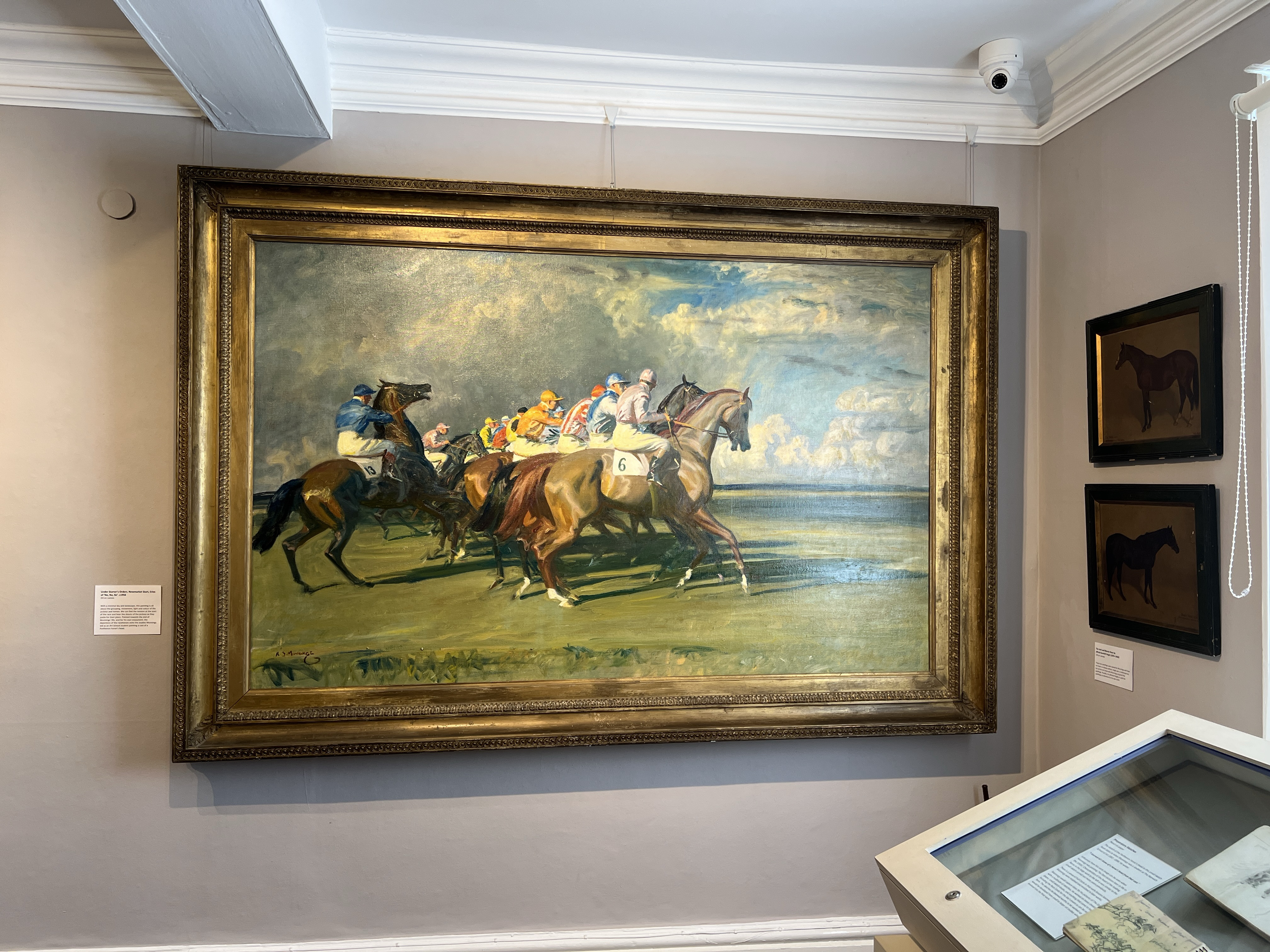
Reflective perhaps of his painting techniques later in his life, there is a fluid and inviting story told as you peruse the artworks. Munnings wrote extensively about his life’s work and artistic process in his autobiography. While some paintings are lit with the vibrant colors of jockey silks and visible excitement at the start of a race, some are more workmanlike moments where Munnings has noted and showcased vistas of rural farming life. The paintings echo how agrarian living was truly replete with its hardships and daily toils. Munnings conveys these expressions with a certain compassion for these tough and exhausting pursuits, with the animal(s) always the focus.

Munnings studied animals and in particular horses, with a keen sense of appreciation. He is quoted as saying the neck of the horse was the part he found most difficult to paint. He often worked ‘en plain air’ and loved the agrarian life, capturing its moments deftly with his talents. For a clear insight into Munnings life as an artist, you can read our very own Amy McLaughlin’s wonderful feature article here.
This article will focus on the experience of visiting his legacy on view in Suffolk.
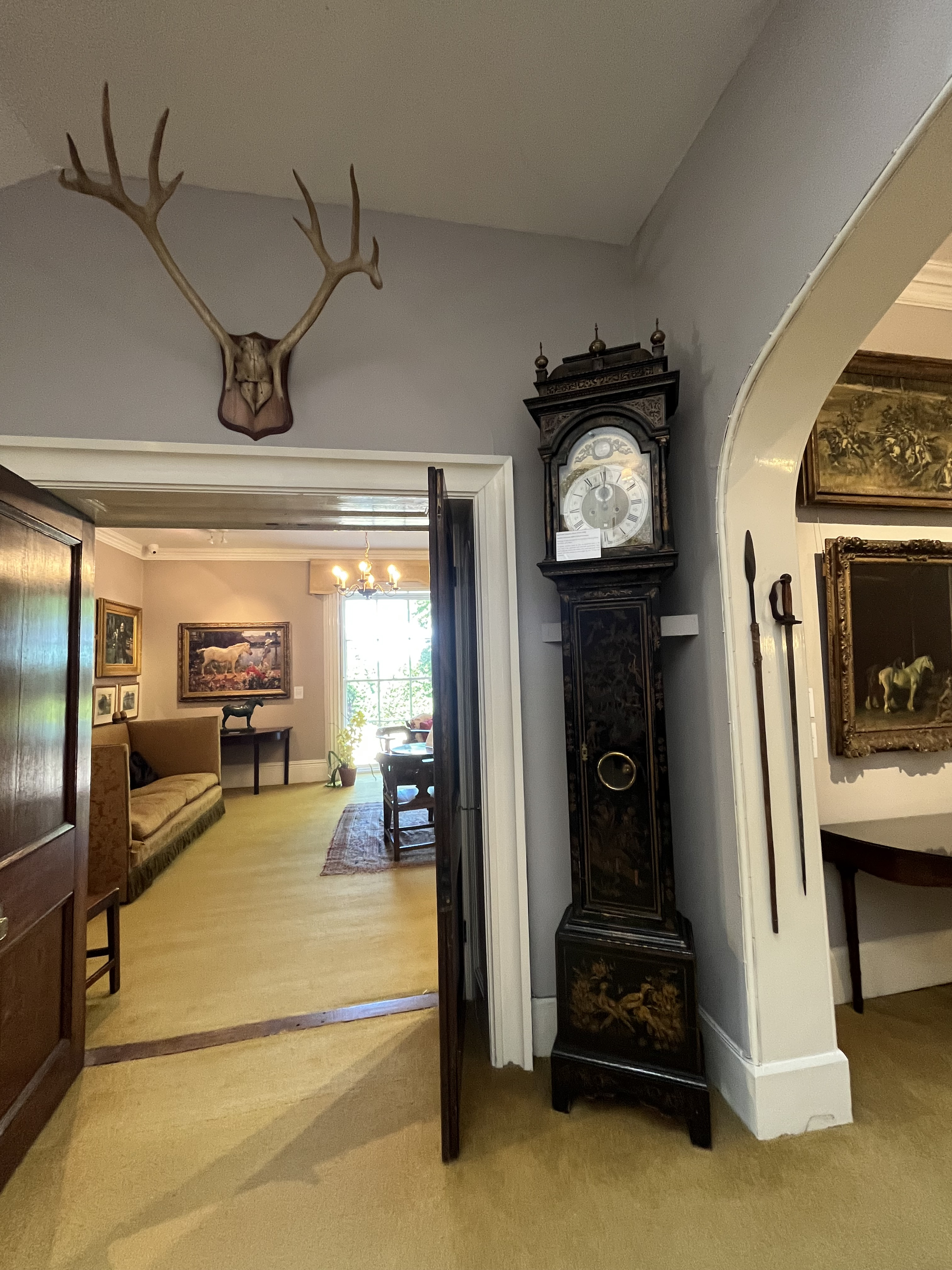
Obviously the most heralded works of Munnings have long ago found their way into private collections and prestigious museums worldwide. But there is something deeply personal and moving about walking the rooms of his home with walls adorned with a litany of different genres of his works.

Famous boat scenes depict dreamy afternoons spent on the river, while the ‘travelers’ move in and out of neighborhood vistas in others. As with many of his cohorts of the time, Munnings was very keen on the impressionistic fascination with the play of light. There is a soft air and brush stroke to his works, which is most aptly seen when viewing the oil paintings in person.
Included across the exhibited pieces are many unfinished works in progress. These shine a neat light into the workings of the Munnings creative mind, and his frustrations as well as ‘happy accidents’ in his exploration of different mediums, topics and materials used.
Many of the visitors at the center, are clearly artists in their own right who are enjoying the expansive collection of works available on view and learning more about what made Munnings tick. Not every landscape or work is one that a major gallery would be interested in showcasing. Which to those of an artistic nature, is a welcome admission of the reality of the creative experience. Even though some works are experimental and exploratory, it is possible to garner a feel of what worked and why and to learn from it.
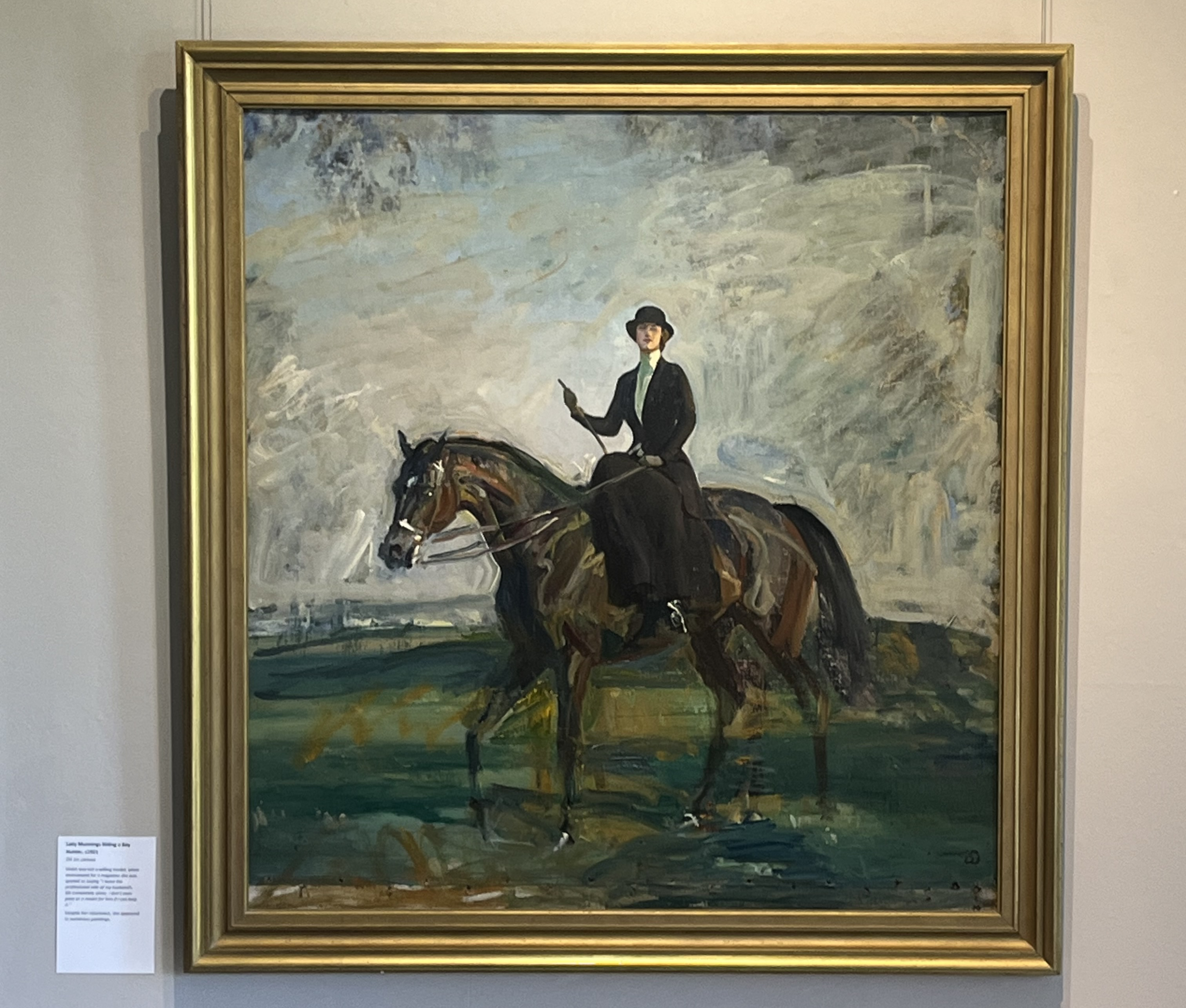
Munnings wife was not fond of sitting for paintings though she did agree to be his subject when on horseback to some slight degree, and the oil paintings that resulted were a highlight of what was available to view on this particular excursion. There are many personal aspects of Munnings backstory included throughout the house, and they make for a delightful story and insight.
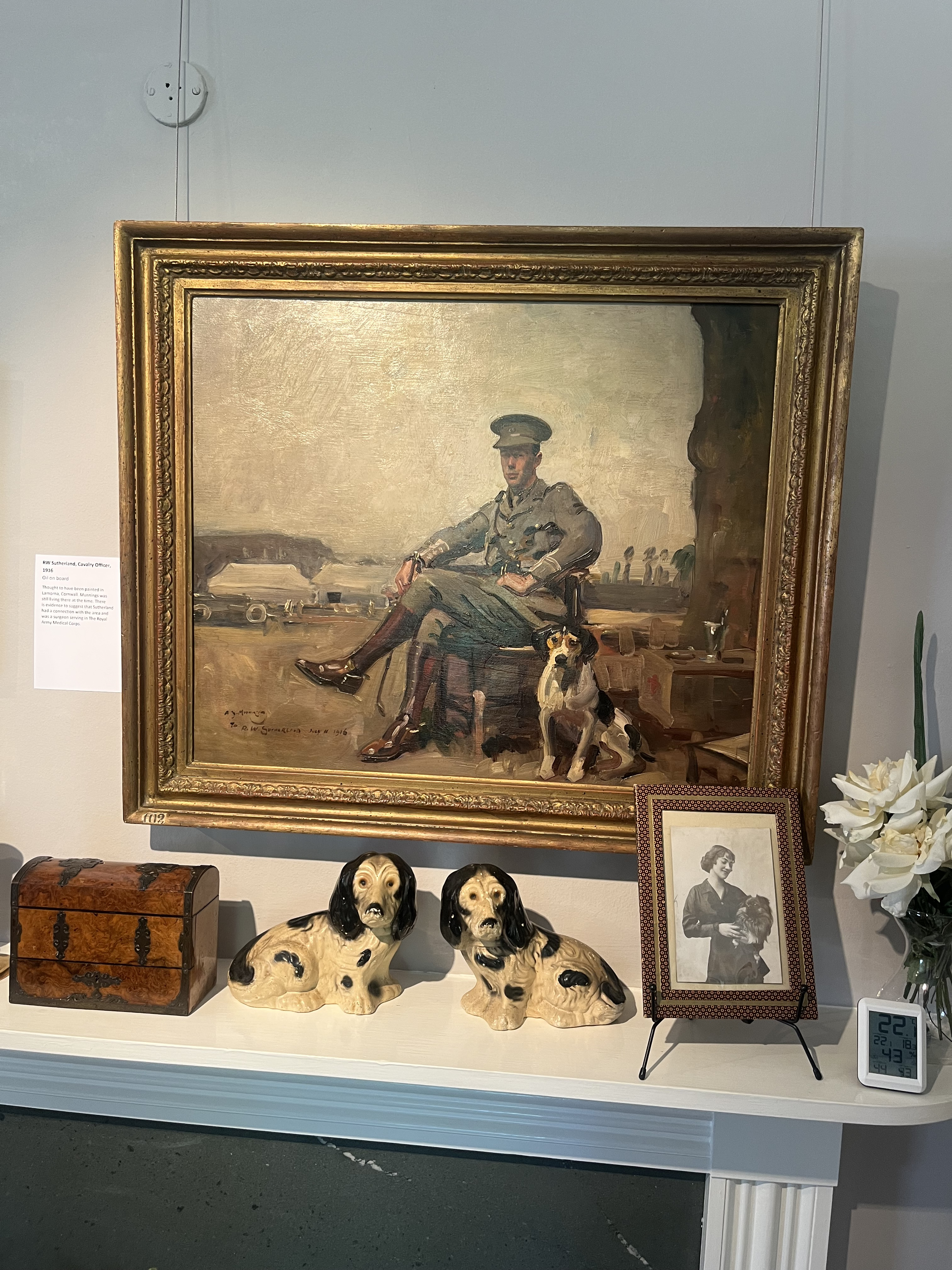
As you enter each room there is a friendly though not overly aggressive presence ( which is a perfect balance in itself hard to achieve) of a resident ‘expert’ available to guide you through aspects of the collection on hand. And the details of the curation are expertly crafted to allow as much self-exploration as you might wish.
You can see the works from wartime experiences, and the artist’s explorations through his working process. A particular favorite of this author’s is the work of the boy on the gray horse.
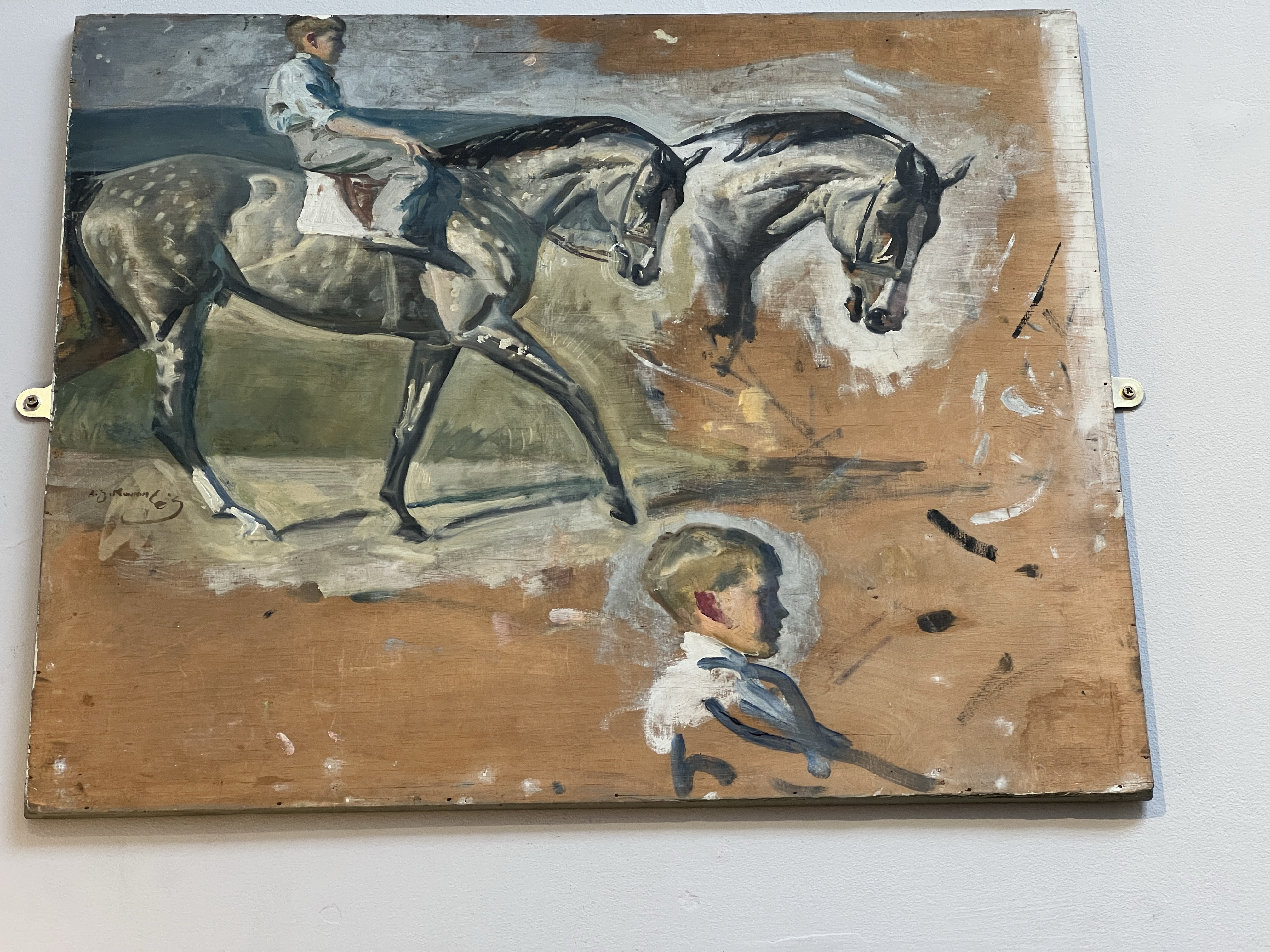
Another favorite was the detailed and artful ‘piggy piece’. It seemed to perfectly capture the nature of the porcine litter, and the colors were perfectly muted and blended to extol the muddy textured nature of the beasts, with the dappled light mesmerizing. You could almost hear them grunting in contentment.
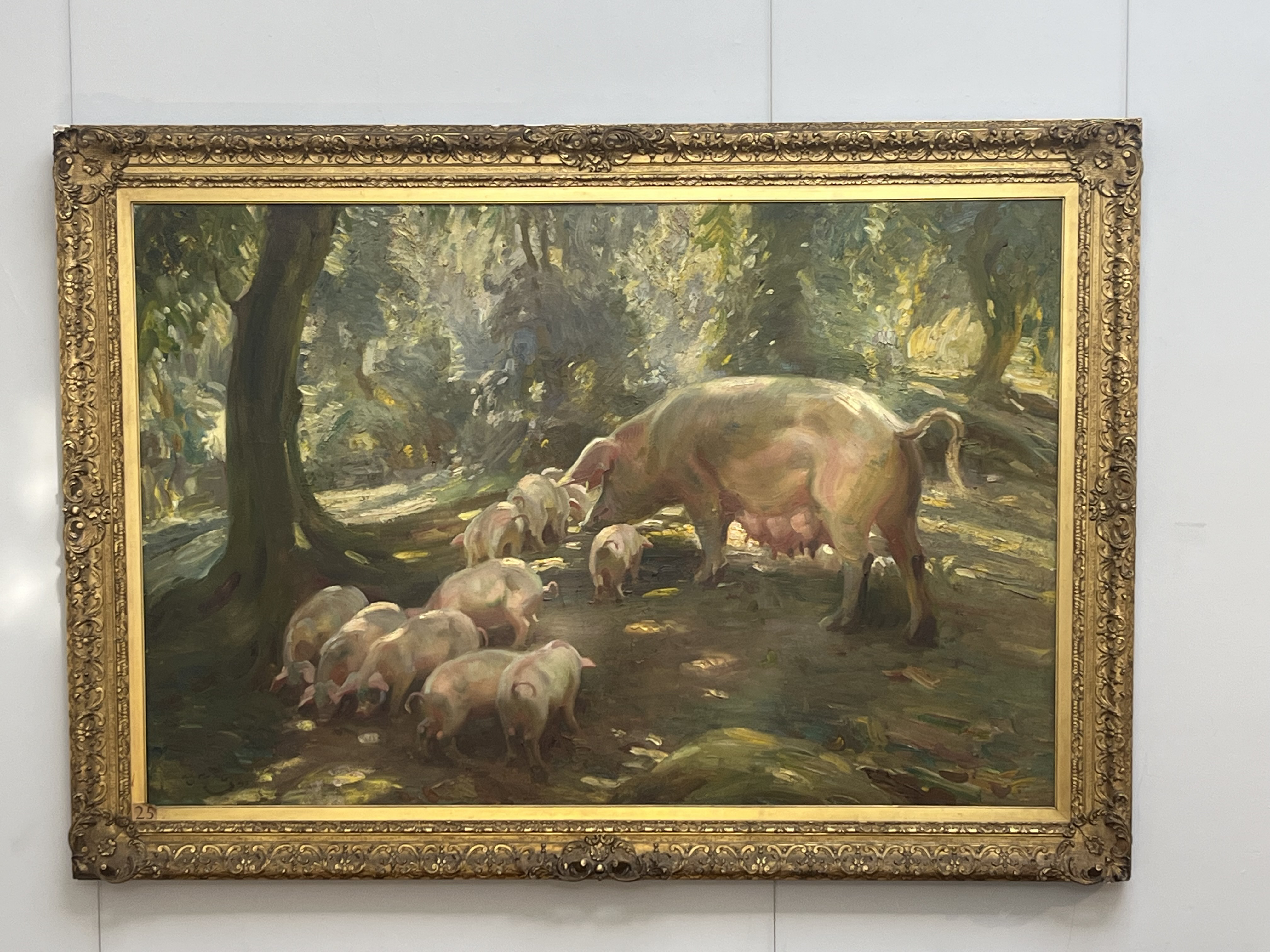
Despite the incoming and desperately unpopular nature of the agricultural revolution and the goodbye to the working horse that was an undertow to the time period when Munnings lived, his insistence on keeping to his task of animal working with human and rural lifestyle embodied a romantic feel to the entire museum.
It was as if for a moment, time had stopped still and the balmy English weather on this May day enveloped you in the past. There was an echo of the laughter in the Renoir style painting that adorned the fireplace in a beautifully light sitting room in the back of the house that looked out to the garden. It was a painting reminiscent of Luncheon of the Boating Party, (this book by Vreeland is one of my favorite books on that topic).
These moments of intuition and paradigm moves are not unusual in my experience. Perhaps it is the romantic nature of my own written and artistic works at play that allows a visual medium to engulf the senses and take you back in time.

As a writer and published novelist, the Munnings era is one I write about in my historical works including my recently released, The Dutchess of Chadwick. The novel centers on the romantic tale of star-crossed lovers that navigate life through the Gilded Age in High Society with its litany of pomp and promiscuity. It is a feel-good story of love, loss, fortitude and fortunes. And of course, horses!

The tale is more Downton Abbey than Bridgerton. So there is a deliberate ‘t’ in Dutchess, as the book is written in traditional literary romance language and style. And of course dear reader, you are welcome to, “Come to T with the Dutchess and Me,” anytime. These insights into life of the time discovering Munnings world at the turn of the 20th Century, provided much good research and fodder for my forthcoming 2nd book in the Dutchess of Chadwick series, working title, “The Dilemma of Being Emma”. Stay tuned.
The late 1800’s and early 1900’s brimmed with changes in culture. A fast-moving unstoppable current that carried people away whether they liked it or not. So it makes a great backdrop for a cast of characters as a writer, and also as an artist of the period. It is remarkable how Munnings stayed in his lane when you think about it. Given all that was transpiring around him at the time.
For Munnings, living across the turn of the century and all those changes were not always met with a warm embrace. In his role at the Royal Academy, his later years were marked by a resistance to accepting the development in the art world building to Cubism and post-impressionist works, sadly causing some to call him a Luddite. But perhaps in his way, he was. And we are the better off for his legacy of works to boot. Descriptive and accessible, he denotes life as it was through his wealth of talent and allows us to better appreciate the shoulders of those on which we stand today. Including the equine variety.
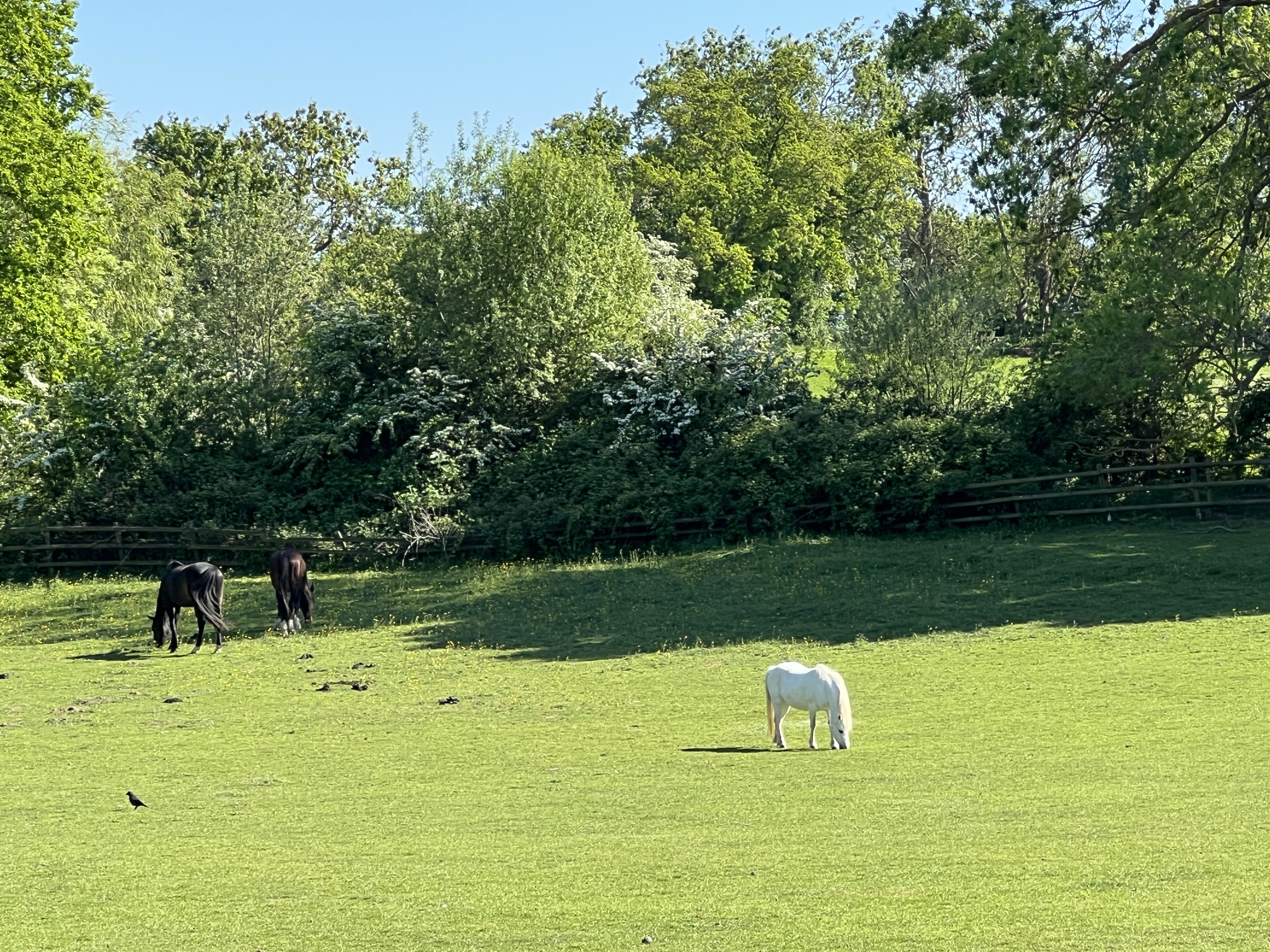
As you step outside to visit the artist’s studio the backdrop of ponies in paddocks and sheep nearby cultivate a sense of peacefulness and the small café offers a respite from the heat of the day under festive umbrellas. Children played on the lawn while their mothers sat sipping tea and chatting and the afternoon slipped away in a blissful manner.
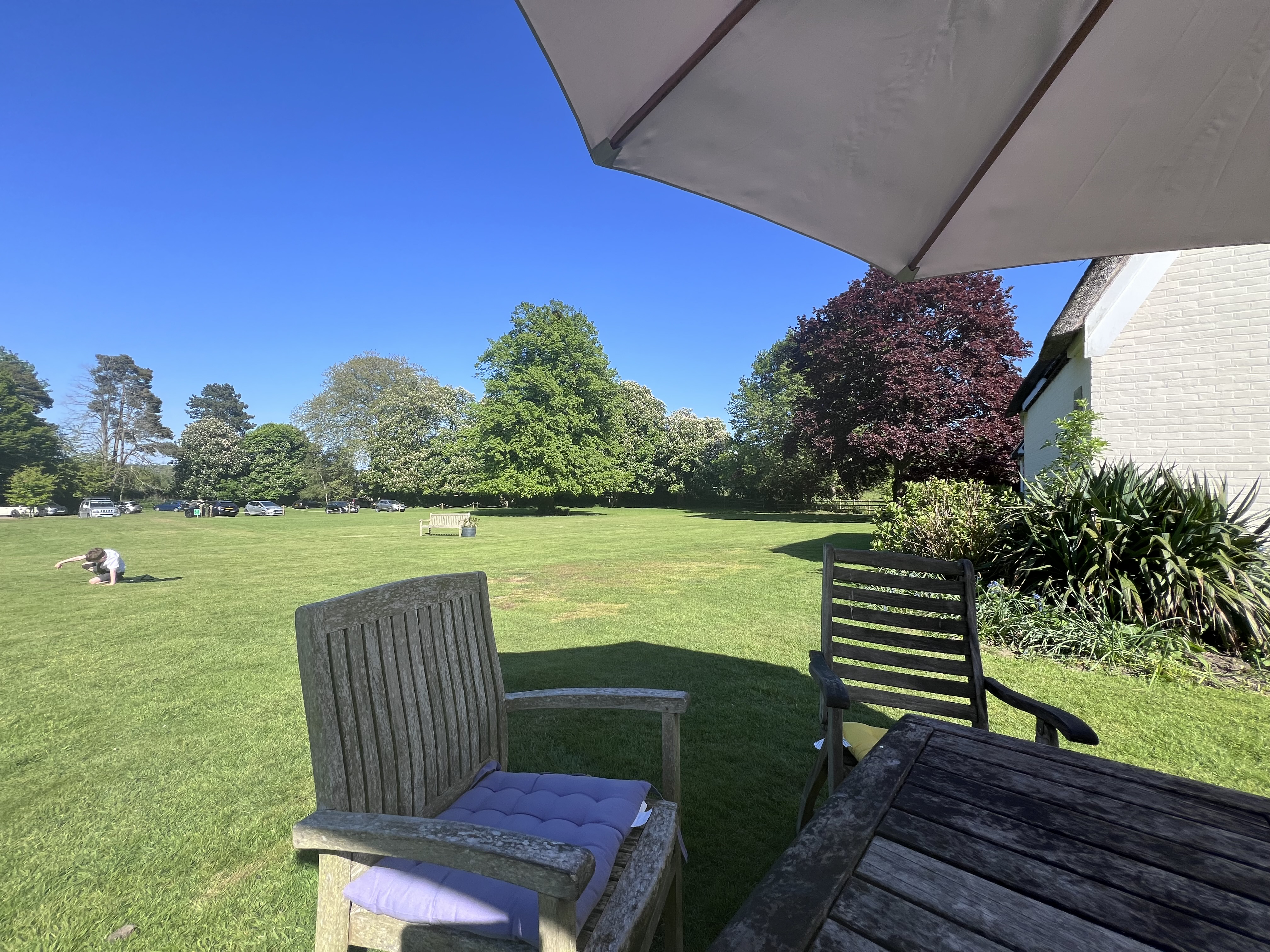
Sadly, the much anticipated the High Tea with a glass of ‘giggles’ that was advertised on social media and was to cap off the afternoon was nowhere to be found, even though the time was an hour short of closing time. The kitchen staff advised they often run out of food, as was the case on this particular day. Though a pot of tea and bottle of water from the fridge was made available.

The Munnings studio is wonderfully full of many memorabilia, including the saddle and stand on which his many subjects would sit for their portrait painting. A task which Munnings undertook as a means of income, but one of which he was not especially confident or fond of completing according to notes in his writings.
As a fellow artist, I was particularly taken with Munnings collection of paintbrushes, and thrilled to see that evidently he favored the hogs’ hair brushes, as do I. The mixes and powders, the nuts and bolts and mess of every painter’s existence were artfully exhibited offering a currency of understanding and empathy to the visitor.
If you would like to visit the Munnings Art Museum, take an art class or simply stroll the house and gardens for inspiration and an arty excursion then be assured there is plenty going on. Throughout the house the objects and artworks are constantly refreshed and re-curated.
The hardworking team within the Museum do an awesome job, and other similar institutions could learn much about how to elevate the engagement experience for their visitors from these custodians of the Munnings heritage. His late wife and original curator of the museum Violet would be much pleased as I believe, so would the man himself.


